
Navigating elderly care needs can be challenging and emotionally charged, especially when seeking alternatives to nursing homes. Fortunately, there are innovative options that can transform home accessibility without the need to relocate.
For those looking to maintain independence and comfort outside of a nursing home, the 10 options below explore practical and technological modifications to enhance your existing home’s functionality. From simple adjustments like organizing frequently used items within easy reach to more advanced installations such as smart home devices and stair lifts, these solutions can empower you or a loved one to age in place with dignity and ease.
1. Make Items Easily Accessible
A small yet impactful change is strategically placing frequently used items within easy reach. This approach simplifies finding and accessing tools, medication, books, remotes, and other essentials.
For example, in the kitchen, store appliances and utensils in cabinets that are at a comfortable height so you can eliminate the need for stools or bending down. Apply the same principle in the bedroom by placing blankets within arm’s reach and in the bathroom by organizing medications and hygiene products where they are easily accessible.
2. Invest in Smart Home Devices
Technology can offer many powerful in-home alternatives to assisted living. Smart home devices empower users to control lighting, television channels, and home security with simple voice commands.
When properly configured, such devices can significantly enhance home safety. For instance, smart door locks connected to a voice-activated device allow users to secure their home effortlessly. Additionally, you can use your voice to activate alarm systems and manage lighting throughout the house.
3. Consider Handrails or Grab Bars
When looking for alternatives to nursing homes, consider some easy modifications that mimic the safety and comfort of nursing home living. You can add features like handrails, often found in nursing homes, to your house as well. Handrails are simple to install and provide much-needed support to move around more securely.
Handrails fit almost anywhere you need them. Typical spots include the bathroom, especially near the tub, toilet, and hallways. These additions can make your home safer and more accessible.
4. Install Stair Lifts
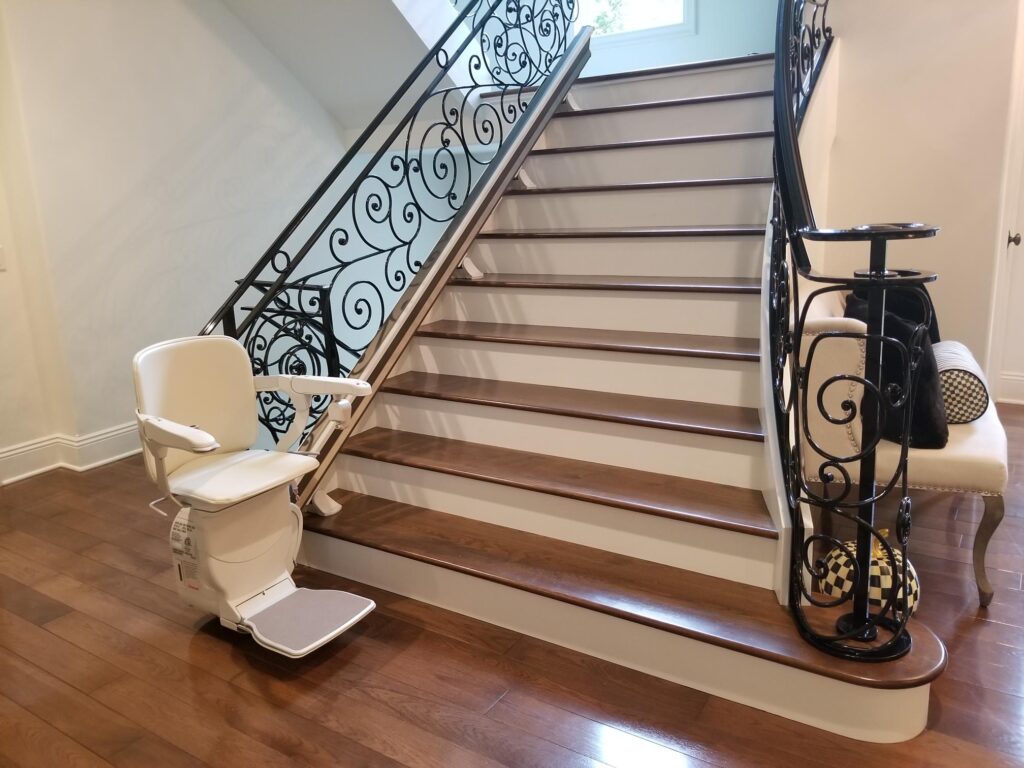
Homes with multiple stories can be challenging for all of us as we age. Stairs can become painful, time-consuming, and risky to navigate. Fortunately, a stair lift offers a convenient way for you or a loved one to regain access to the entire home.
Stair lifts are quick to install, when done by a properly trained professional, often taking just a few hours and requiring no major construction. They come with standard safety features like swivel seats and obstruction detectors, making them a reliable solution to enhance your home’s accessibility.
5. Modify Your Floor Plan Create Wider Pathways
Another great idea is to move toward an open floor plan, making spaces more wheelchair-friendly. This can be done by remodeling to widen hallways and living areas or by simply rearranging furniture to create wider pathways and remove potential obstructions.
6. Install Wheelchair Lifts
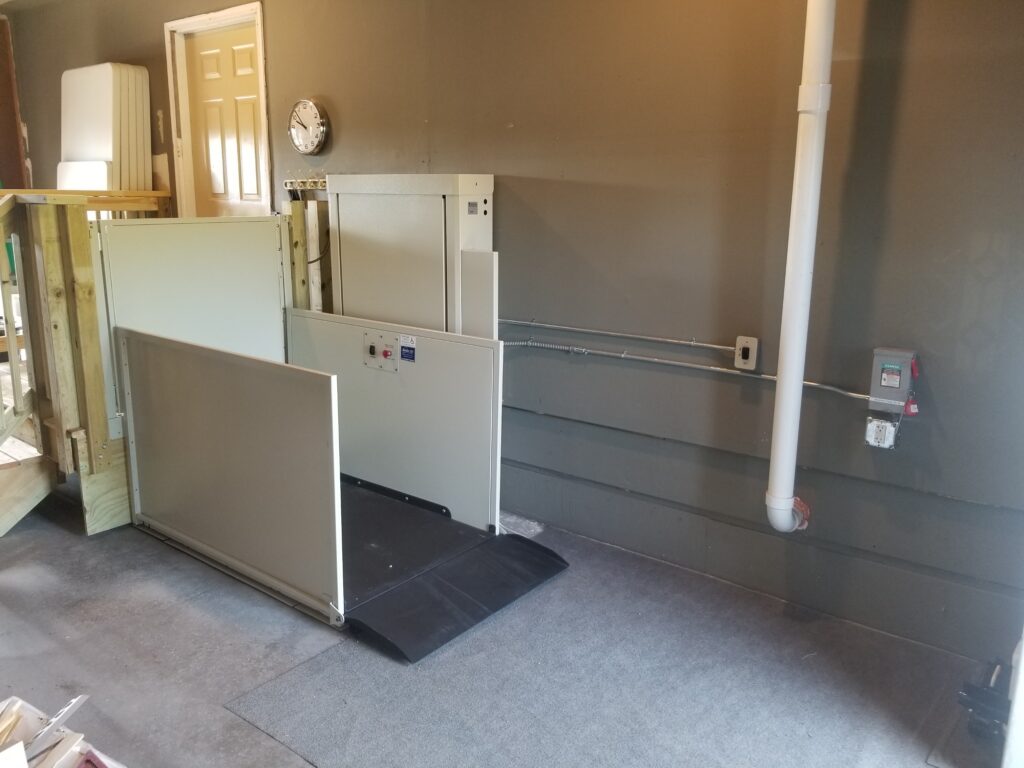
For individuals in wheelchairs, finding viable alternatives to nursing homes is possible. One way to make getting around the house easier is to add a wheelchair lift. This in-home device includes a platform that lifts users from one area to another.
For instance, wheelchair lifts can move from the garage to the home’s first floor, bypassing the stairs entirely.
7. Consider a Home Elevator
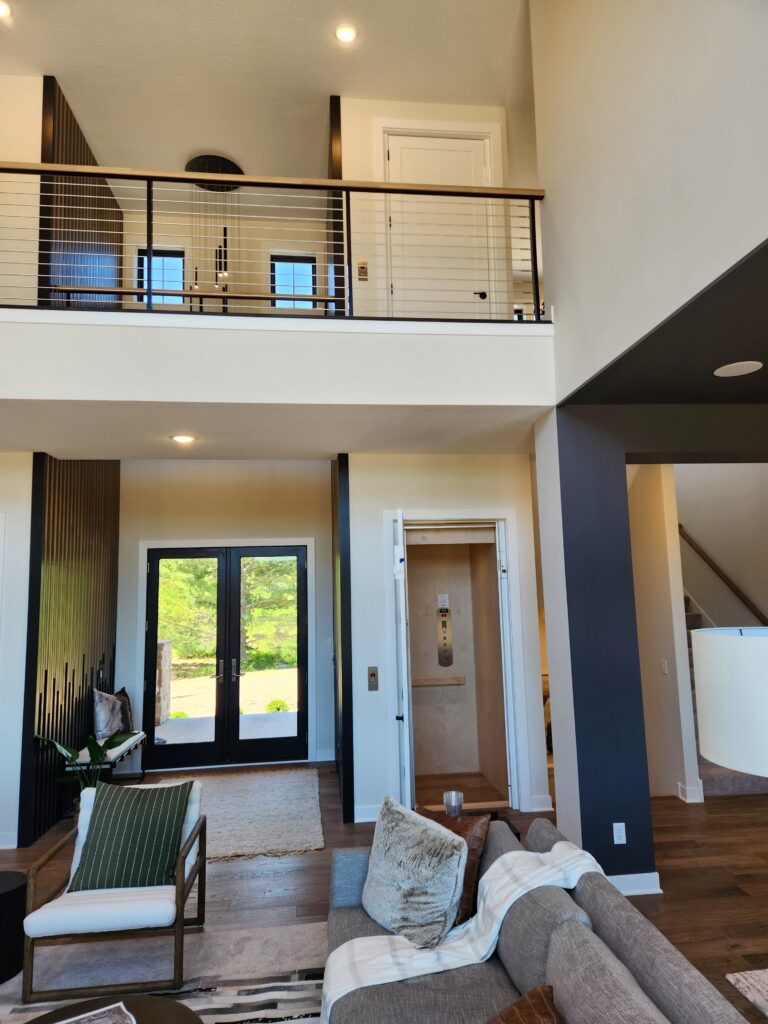
Consider adding a residential elevator to your home for the ultimate convenience with a touch of luxury. Whether you use a walker, cane, wheelchair, or no aid at all, an in-home elevator makes moving between floors easy.
A home elevator is a perfect home accessibility solution for those who want to age in place. It boosts independence and lasts for years. Plus, the elevator can be fully customized to fit your home’s design.
8. Look into Dumbwaiters
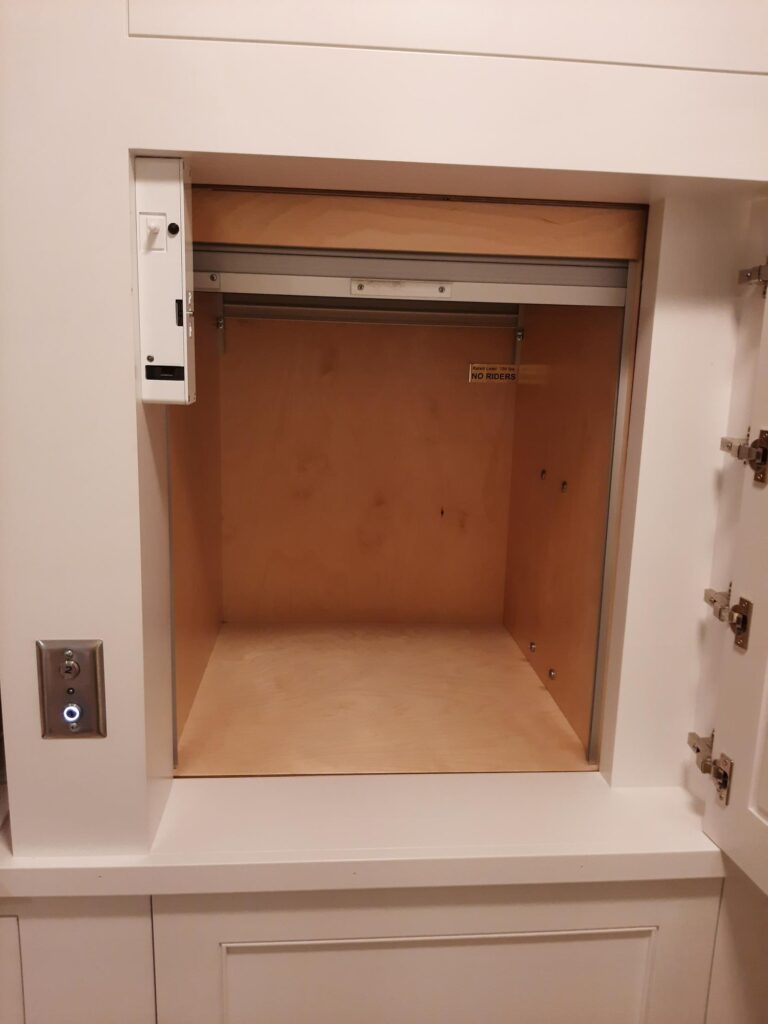
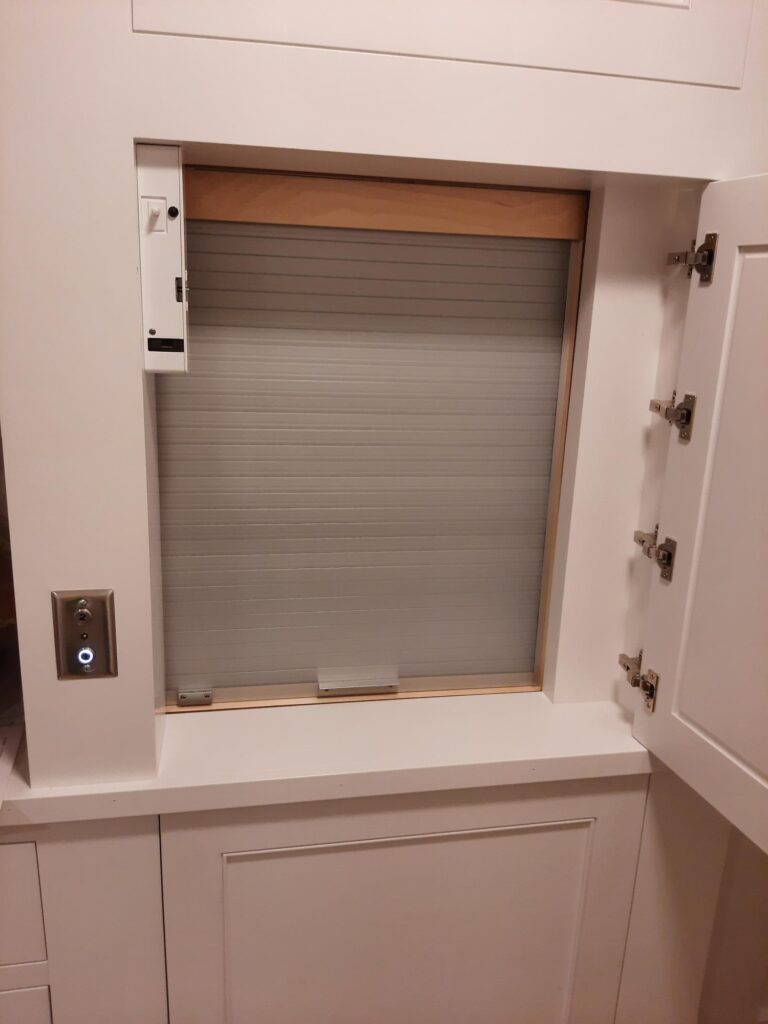
Carrying heavy items up and down the stairs can be a real hassle — or even dangerous. But a dumbwaiter can offer a clever solution. It effortlessly transports groceries, luggage, and other cumbersome items between floors. With a dumbwaiter, you can place items inside and let it do the work for you, saving you the strain and discomfort of lugging things up and down stairs.
9. Enlist a Caregiver
An in-home caregiver can make a world of difference for someone needing assistance. If you’re looking for alternatives to nursing homes, here are some of the most common in-home caregiving options:
Family Caregiver vs. Paid Caregiver
Many elderly individuals receive assistance from family members rather than entering a nursing home. Being cared for by a loving relative can decrease stress in the family, but sometimes, a family caregiver is not enough.
When the need for more frequent or complex care arises, a paid caregiver is a valuable asset. You can find a paid caregiver through an agency in your area or a referral from a medical provider. This caregiver will have a set schedule and a detailed list of duties you provide.
Nursing vs. Non-Medical Caregiver
Depending on your needs or the needs of your loved one, you may need to hire a medical caregiver. A medically trained caregiver, such as a nurse or certified nursing assistant (CNA), has training in caring for older people. A medical caregiver can be an ideal choice for tasks like administering medication, taking vital signs like blood pressure, pulse, and respirations, and taking care of wounds or illnesses.
A non-medical caregiver may be the right choice if there are no pressing medical needs. This professional can assist with household duties, including cleaning, grocery shopping, and cooking. The caregiver might also be able to provide transportation outside the home.
Full-Time or Part-Time Caregiver
Finally, consider how much time you’ll require a caregiver.
If round-the-clock care is best, a full-time caregiver can provide this attention. Often, agencies employ caregivers on a rotating shift so that when one caregiver leaves, another arrives. This ensures that the individual is always with someone who can provide care.
On the other hand, part-time caregivers come for a set amount of time each week. For instance, a part-time caregiver can fill in the gap if a family member takes care of the individual on Tuesdays and Thursdays but has commitments on other days.
10. Make the Outdoors Accessible
Finding nursing home alternatives that let you stay inside your home is an understandable priority. However, enhancing your outdoor spaces for maximum enjoyment is also important. Here are some great options to help with outdoor accessibility:
Outdoor Stair Lifts
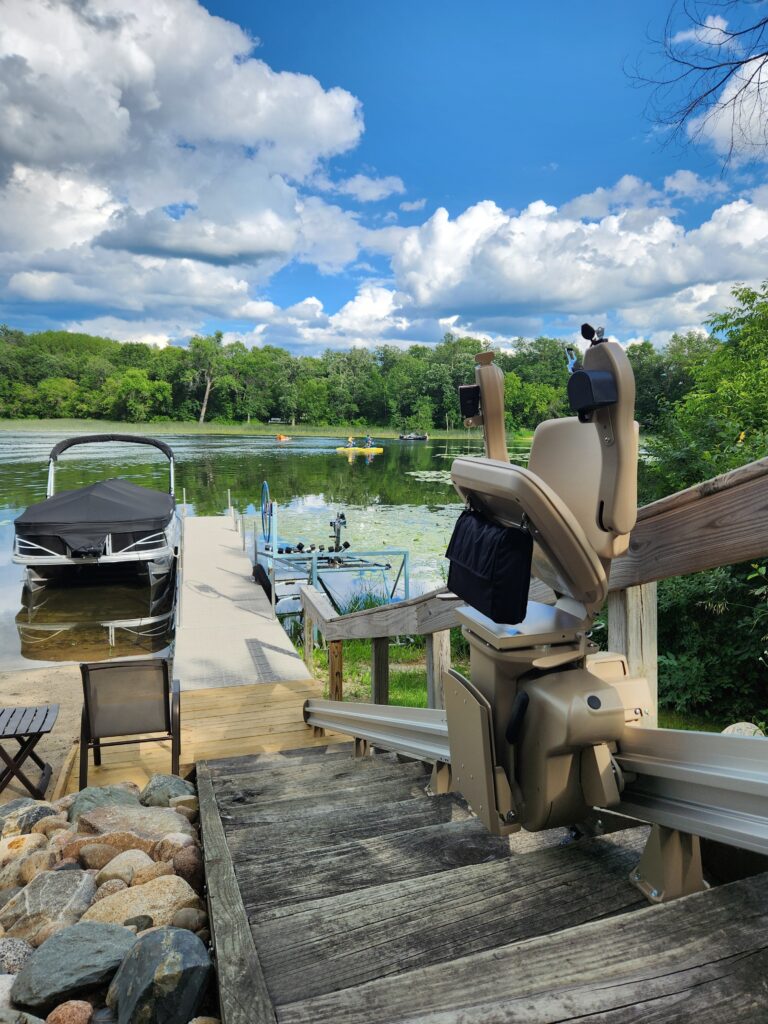
To easily access your patio, backyard, waterfront view, or other outdoor areas, consider adding a sturdy outdoor stair lift. Like their indoor counterparts, these lifts are reliable and user-friendly. Built with durable materials and equipped with a waterproof cover, they withstand the elements, ensuring these lifts remain functional and vibrant.
Outdoor Wheelchair Lifts
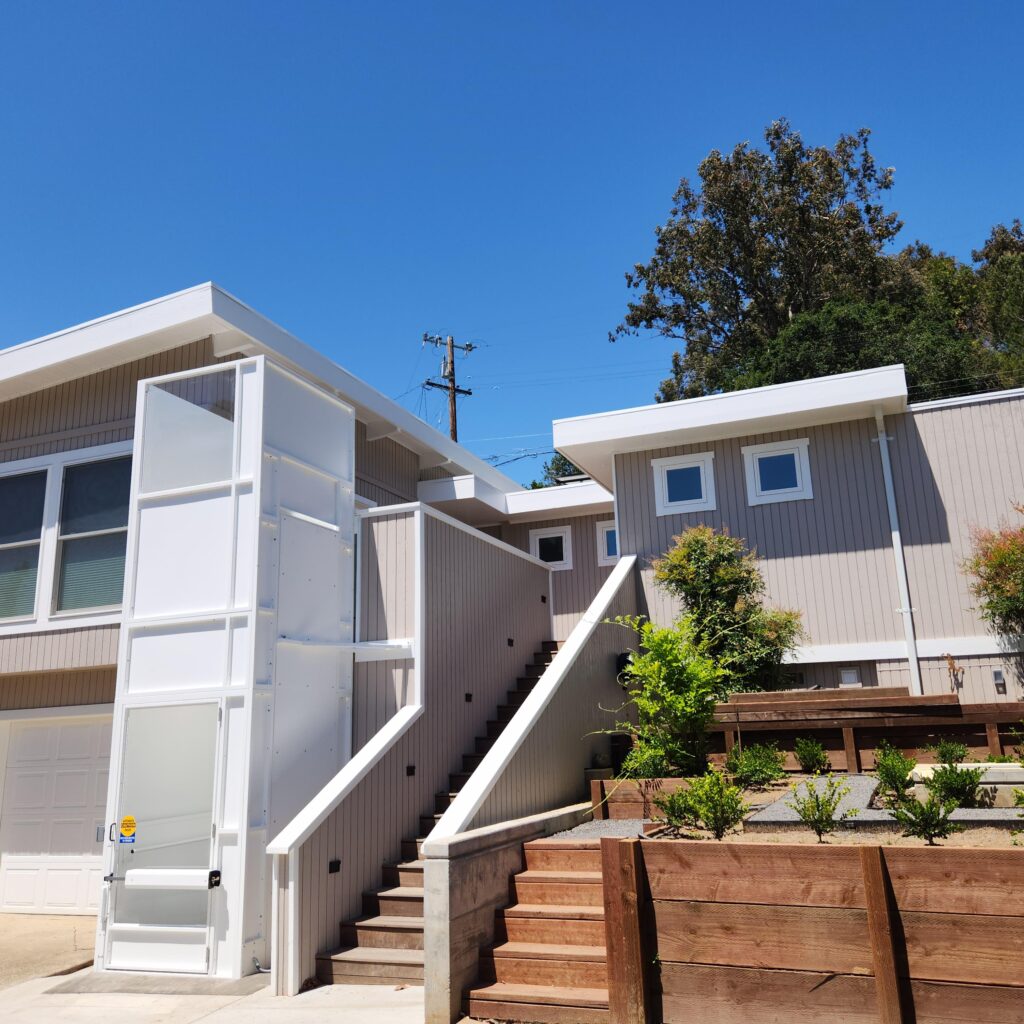
For wheelchair and scooter users, an outdoor vertical platform lift (VPL) is the perfect solution for outdoor accessibility. These lifts feature user-friendly controls and advanced safety features, making them secure and easy to operate. With a VPL, you can easily reach outdoor areas that were once difficult to access.
Reclaim Your Home with Mobility Solutions from Arrow Lift
Finding alternatives to nursing homes requires a bit of creative thinking and innovative home improvements. Arrow Lift is here to help you find the right accessibility solution for your needs. As leaders in the mobility industry for nearly 40 years, we offer only the best products and have a knowledgeable team to help you navigate your options.To learn more about how Arrow Lift can improve home accessibility, connect with us today!
 Since 1985, Arrow Lift has been in the business of helping our customers overcome barriers. From
Since 1985, Arrow Lift has been in the business of helping our customers overcome barriers. From 